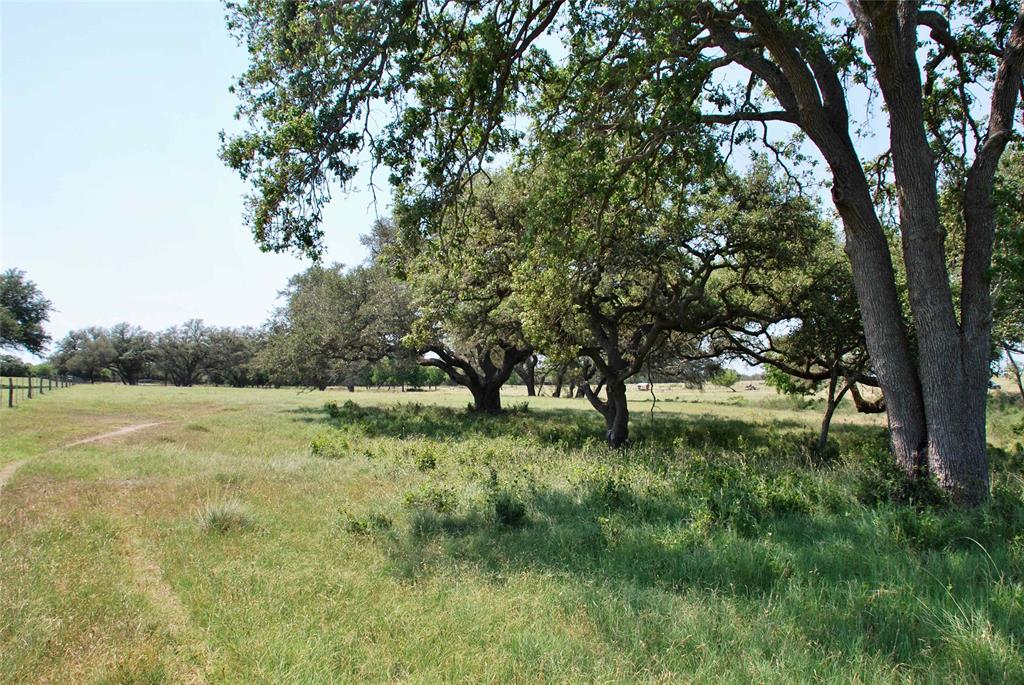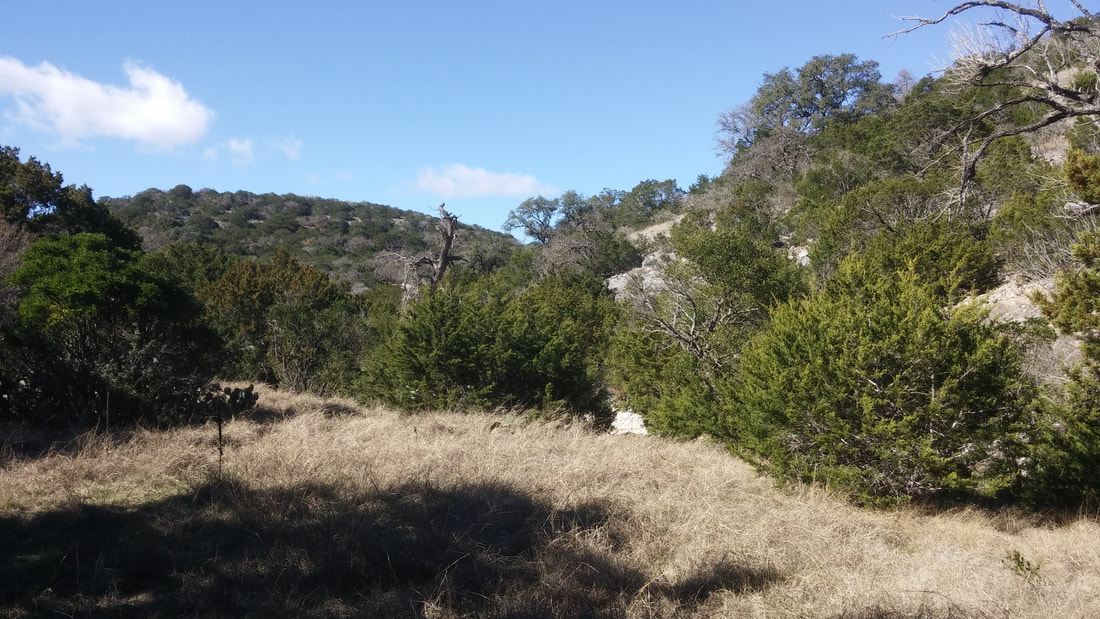Wildlife Management Use and Wildlife Tax Valuation
What is a wildlife tax valuation, when did it begin, and how does it benefit Texas landowners and native wildlife? In 1995, Texas voters approved Proposition 11, which amended Article VIII, Section 1-d-1 of the Texas Constitution. This change legally permits agricultural appraisal for land used to manage wildlife.
House bill 1358 implemented the constitutional amendment by making wildlife management an agricultural use that qualifies the land for agricultural appraisal. Thus, a wildlife tax valuation is an option within an agricultural tax valuation. The Texas tax code addresses the requirements for landowners to qualify their land for agricultural appraisal. This code also instructs county appraisal districts in how to appraise qualified agricultural land.

Wildlife Tax Appraisal is an Agricultural Appraisal
Land used for wildlife management must meet all the legal requirements of land qualified for agricultural appraisal. The Texas Comptroller has produced a Manual for the Appraisal of Agricultural Land. This document discusses in detail the qualification of land for agricultural appraisal.
Land on which the owner engages in active wildlife management, and that meets other requirements for ag appraisal, is qualified for agricultural appraisal and use. This allows landowners that convert traditional ag or timber lands to a wildlife tax valuation and maintain the same (low) tax rate.
Wildlife Tax Valuation Requirements
Agricultural land used for wildlife management is often referred to as land in wildlife management use. People also refer to wildlife management use as wildlife tax valuation or, incorrectly, a wildlife exemption. Wildlife management use does not actually exempt landowners from property tax. Again, wildlife management use does maintain the low ag tax rate. This rate is based on the annual productivity value of the land rather than the market value of the land.
There are specific requirements to convert land to wildlife management use or wildlife tax valuation. First and foremost, land must have a current timber or agricultural tax valuation. This is land that is currently and principally devoted to agricultural use to the degree of intensity typical for the area. The land must have been used for agriculture or timber for at least five of the preceding seven years.
It’s critical that the land be qualified and appraised as agricultural land during the year before the year the owner changes to the wildlife management use. For example, an owner who wishes to qualify for wildlife tax valuation in 2023 must show the land was qualified for and appraised as agricultural land in 2022.
More on Wildlife Tax Appraisal Requirements
In addition to having a current ag tax valuation, the land must be managed to propagate a sustaining breeding, migrating or wintering population of native wild animals. Native wildlife includes all native vertebrates and invertebrates.
Songbirds, doves, bats, owls, rabbits and deer can qualify if they make sense for the property. So do insects, including pollinating insects such as bees and butterflies. The management of exotic animals, such as axis deer, blackbuck, and European honeybees, can not be used to maintain a wildlife tax valuation on land.
The Texas tax code clearly defines wildlife management as actively using land to propagate a sustaining breeding, migrating, or wintering population of native wild animals for human use. This includes use for food, medicine, or recreation, which includes wildlife watching. In short, landowners qualify if they are managing their land for wildlife for any reason.
There are some more stringent requirements, however. Texas landowners must implement at least three of seven management practices on their land annually. Maintaining a wildlife tax valuation is not a passive process. At least three qualifying wildlife management practices must take place on the land each year! And, these practice must benefit at least one native wildlife species.

What Management Practices Qualify for Wildlife Tax Valuation?
The management practices include habitat control, erosion control, predator control, providing supplemental supplies of water, providing supplemental supplies of food, providing shelters, and making census counts to determine populations. Each of these practices has a variety of wildlife and habitat management activities that can be carried out on the land. Landowners have many options.
Land can qualify for wildlife tax valuation if it is instrumental in supporting a sustaining breeding, migrating or wintering population. A group of animals need not live on the land at all times, provided they regularly migrate across it or live there seasonally.
A sustained breeding population is a group of native wild animals that is large enough to live independently over several generations. This definition implies that the population will not die out because it produces enough animals to continue as a viable group. We can provide information to help determine the number of animals of a particular species that must group together to sustain the population.
A migrating population of native wild animals is a group of animals moving between seasonal ranges. A wintering population of native wild animals is a group of animals living on its winter range. Again, landowners can manage for species that live on their property year-round or species that are only found there seasonally. Property size is important in determining the wildlife species that are appropriate for management and maintaining a wildlife tax valuation on land.
Under Texas law, a landowner must perform at least three of seven wildlife management activities on the land annually. An owner may qualify for wildlife tax valuation by doing more than three practices, but may not engage in fewer than three practices.
Are there minimum acreage requirements for the wildlife tax valuation? How many acres?
The answer to this question is both a yes and a no. Properties that have an ag tax appraisal but have been reduced in acreage since the previous tax year must meet minimum acreage requirements. This acreage requirement varies based on the wildlife appraisal region in which the land is located.
For all other properties that have a current agricultural tax valuation, there is no minimum acreage requirement when it comes to switching to wildlife management use. Also, tracts of land that are adjacent to one another, including those separated by road, river, etc., and under the same ownership qualify as one tract of land for the purpose of wildlife tax valuation. This is important in some situations.
Can I manage for non-game species and qualify for the wildlife management appraisal?
Texas landowners can qualify for the wildlife tax valuation by managing for either game and/or non-game wildlife species. In fact, tracts of land under 100 acres in size offer great opportunities to manage for songbirds, rabbits, squirrels, reptiles and even pollinators and other insects!
Brush piles, supplemental shelter, supplemental food, supplemental water and even predator control are all great practices that can make a noticeable difference small acreage properties. These practices enhance the land for both owners and native wildlife and are common practices for lands with a wildlife tax valuation.
How do I apply for a wildlife management tax valuation?
There is a “window of opportunity” when applying for a wildlife tax valuation. There are also a couple very important documents that need to filed. To apply for property tax appraisal of open spaced lands as authorized by Section 1-D-1 of the Texas Constitution, Texas landowners must submit a 1-D-1 Open Space Appraisal Application to the county appraisal district. Only properties that are currently appraised as agricultural lands or timber lands may convert to appraisal based on wildlife management use.
In addition, landowners applying for wildlife tax valuation must also include a detailed wildlife management plan. The plan must specifically outline the qualifying practices they will implement annually and the native wildlife target for management. By law, all applications for wildlife management appraisal must be submitted to the appraisal district between January 1 and April 30 for the tax year in which the conversion takes place.
Please contact us if you would like assistance with the preparation of the wildlife management for maintaining a wildlife tax valuation on your land.
With a wildlife tax valuation can I ever switch back to traditional ag?
Yes, you can because technically the property still has an ag tax valuation. Since Texas properties that have a wildlife tax valuation are still considered agriculture lands, switching back is easy. Landowners can return to “regular” agricultural practices from wildlife management simply by filing a new 1-d-1 Open Space Appraisal Application with the county appraisal district.
